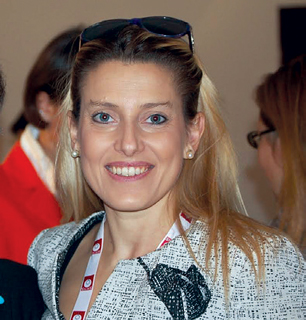
Handheld infrared cameras may help healthcare workers assess and identify hard-to-heal wounds early on, a new study has found.
Researchers from Italy’s University of Pisa studied 18 patients with a total of 24 lower leg ulcers and chronic wounds. First, the patients’ wound beds and perilesional skin areas were assessed and had their temperatures taken using an infrared camera.
A different researcher, unaware of the temperature, assigned a wound bed score, which helps predict healing. Wound bed scores range from 0 to 16 based on factors such as healing edges and amount of exudate, with higher scoring wounds typically healing more quickly and completely.
Results show the temperature taken by the camera generally corresponded with the wound bed score. Researchers noted the results match studies that have pinpointed 91°F as the “critical” temperature needed for proper wound healing.
While some studies have suggested higher wound bed temperatures signify infection, lead researcher Valentina Dini, M.D., Ph.D., suggested further study is needed to clarify the importance of temperature changes in wound healing,
Dini and her team say use of a handheld infrared camera could allow for a more timely intervention and treatment for hard-to-heal wounds.
The study appears in Wounds.
From the December 01, 2015 Issue of McKnight's Long-Term Care News



